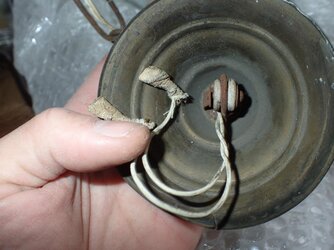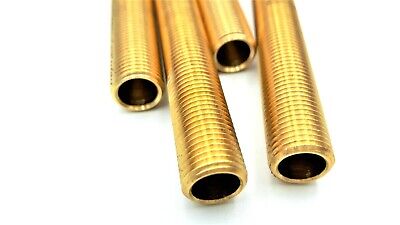- Mar 13, 2019
- 1,816
- 3,289
- 7,788
- If you're a qualified, trainee, or retired electrician - Which country is it that your work will be / is / was aimed at?
- United Kingdom
- What type of forum member are you?
- Practising Electrician (Qualified - Domestic or Commercial etc)
A customer bought a metal antique lamp in Rome, and is very keen to get it installed. There's no means of earthing it, and is wired with thin, single insulated conductors, so I have ruled out using it at 230V. However I am considering converting it to 12V, by installing a 12V LED driver upstream, and then using a 12V E27 lamp, such as those used for caravans.
Has anyone done anything similar to this, or can anyone think of any problems with this conversion?


Has anyone done anything similar to this, or can anyone think of any problems with this conversion?





 I always forget small power supplies for lighting are a thing, I was probably thinking about all of the problems I had when trying to make my 12V lights work using cheap LED drivers.
I always forget small power supplies for lighting are a thing, I was probably thinking about all of the problems I had when trying to make my 12V lights work using cheap LED drivers. 





